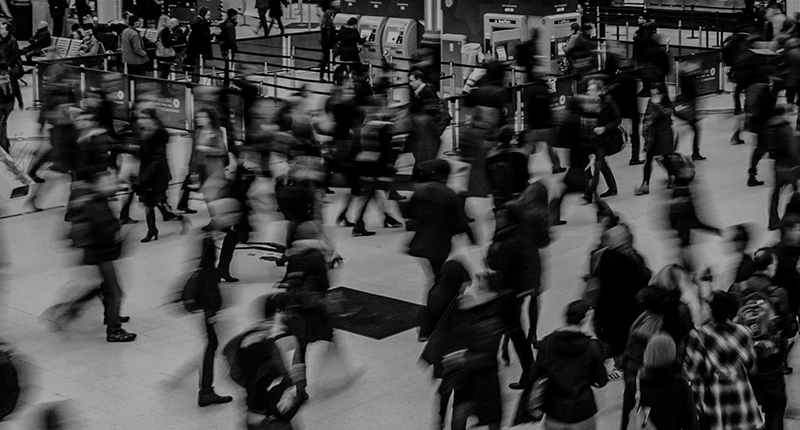Behavior change is acting in some way different than we are used to.
By ‘change’ there is a fundamental distinction between what I currently am doing and what I want to do. Change has 2 components. It is not simply just adding a new behavior, but also requires replacing or giving up an existing behavior.
Saving $100 a month, eating a Paleo diet or going to yoga may seem easy until we realize we have to cut our clothing/shoes/book expenses, are unable to eat foods we love, and lose out on hour of sleep. Behavior change not only involves having the skills, ability, and resources to perform the new behavior but also being able to function, cope and live with not performing the behaviors we have been likely performing for a long time.
Successful behavior change requires we:
- Develop the skills, abilities, and resources to perform the new behavior, AND
- Learn how to overcome the forces that pull us back to our old ways.
To Change, Remove the Resistance
Behavior as a function of a person in an environment. Kurt Lewin, the father of modern social psychology, stated, “behavior exists in a totality of interacting psychological forces which comprise a dynamic field – life space.” Life space is our physical and social environment and it may include places where we go, events that occur, feelings about places and people encountered, what we see on TV or read in books, imagined thoughts and goals.
Change is like a stone tossed into a still pond, which causes ripples to radiate in all directions with unpredictable consequences. No matter how big or small a behavior it can require large shifts in the totality of our “life space”.
Need to See the Field (Bigger Picture)
- In bringing a desired state of affairs one should not think in terms of the “goal to be reached” but rather in terms of a change “from present level to the desired one”.
- Need to consider the constellation of the social and environment forces as a whole to decide how to bring about change.






